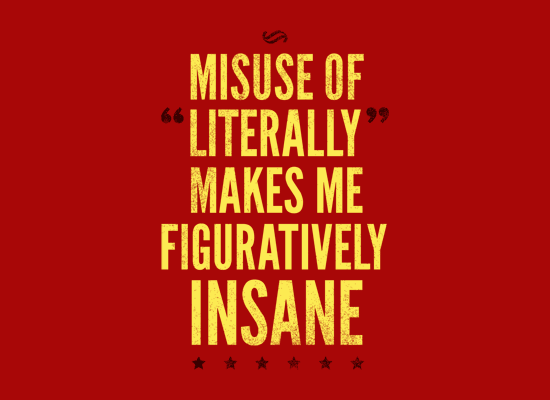Dennis Crouch at Patently-O posted an interesting article about the drop in the percentage of patent applications that have claims utilizing means plus function language. Means plus function claims are based on 35 U.S.C § 112(f) which states:
Element in Claim for a Combination.— An element in a claim for a combination may be expressed as a means or step for performing a specified function without the recital of structure, material, or acts in support thereof, and such claim shall be construed to cover the corresponding structure, material, or acts described in the specification and equivalents thereof.
The data presented shows a drop from near 25% to roughly 7% of patent applications include a means plus function claim. This may not be surprising as these claims are viewed as somewhat arcane. However, there is good reason, in some cases, to include such claims.
 In a typical infringement analysis, the first determination is whether or not an accused device or process literally infringes a claim. If not, it is possible that the accused device or process could still infringe under the doctrine of equivalents. That doctrine states that an accused device, while not literally containing an element of the claim, may still infringe the claim if an aspect of it performs substantially the same function, in substantially the same way, to achieve substantially the same result.
In a typical infringement analysis, the first determination is whether or not an accused device or process literally infringes a claim. If not, it is possible that the accused device or process could still infringe under the doctrine of equivalents. That doctrine states that an accused device, while not literally containing an element of the claim, may still infringe the claim if an aspect of it performs substantially the same function, in substantially the same way, to achieve substantially the same result.
However, the doctrine of equivalents often is not even used because of prosecution history estoppel. This opposing doctrine means that when a claim is amended during prosecution, the patentee surrenders the claim scope, including equivalents, removed by the amendment. This means many claim elements will not be amenable to application of the doctrine of equivalents.
This result can conceivably be avoided in a claim that uses a means plus function limitation. Based on the statute above, the literal interpretation of a means plus function element includes equivalents. That means, regardless of the prosecution history, the patentee may be entitled to cover equivalents.
One strategy to exploit this includes reviewing the claims before submitting an amendment. Often, the elements being amended are at the core of the inventive concept. If you have multiple embodiments disclosed, it may make sense to add a new claim that replaces the narrowed elements with means plus function language so the patentee can still avail themself of the doctrine of equivalents for those elements.
I’d be surprised if only 7% of patent applications would benefit from such a strategy.

